News
10 US Neighborhoods Where Hype Gave Way To Hard Reality
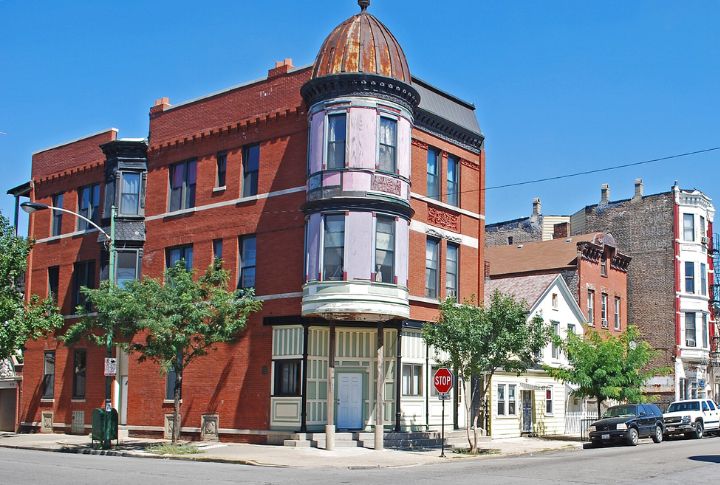
Some US places welcomed gentrification or fresh investment, hoping to spark a lasting renewal. For a time, energy returned—buildings got restored and new businesses arrived, and buzz built. Then cracks appeared: rising costs, local pushback, and economic shifts. In many cases, the initial rush faded, leaving emptier streets and lost momentum. Here are some examples.
Braddock, Pennsylvania
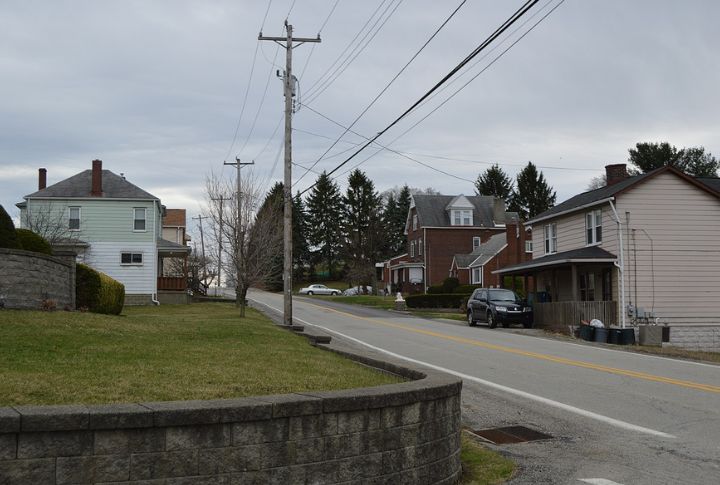
Signs of renewal once dotted Braddock after John Fetterman’s mayoral push in the 2000s. Artists arrived, and media attention followed. However, by 2020, the population had fallen to just 1,721. Today, the town still bears the scars of its industrial collapse, with many revitalization projects either stalled or abandoned.
Beacon, New York

While Beacon still draws tourists, its real estate market has cooled. Following a post-2003 boom sparked by Dia:Beacon, home values doubled by 2010. Yet between 2010 and 2020, the population declined by nearly 12%. With mounting cost pressures, some residents and small businesses have left the city behind.
Millinocket, Maine
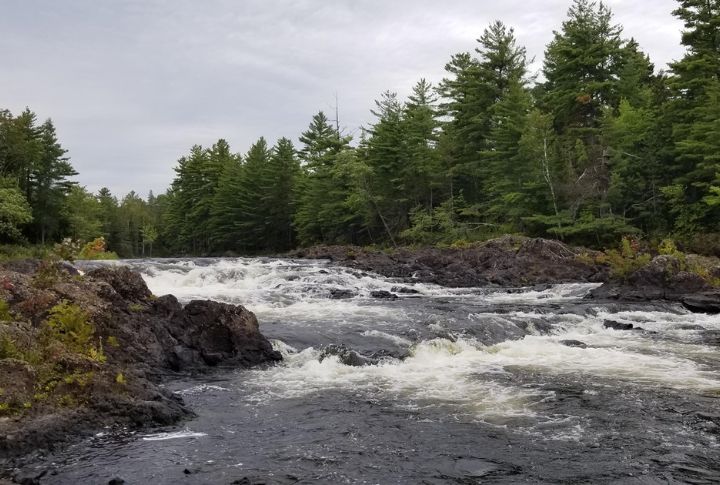
Tourism gave Millinocket a second wind after its mills shut down. The 2016 opening of Katahdin Woods and Waters attracted interest, and between 2015 and 2019, median home prices surged over 60%. Still, limited full-time jobs and infrastructure gaps have held the town back, leaving many revitalized properties underutilized.
Gary, Indiana
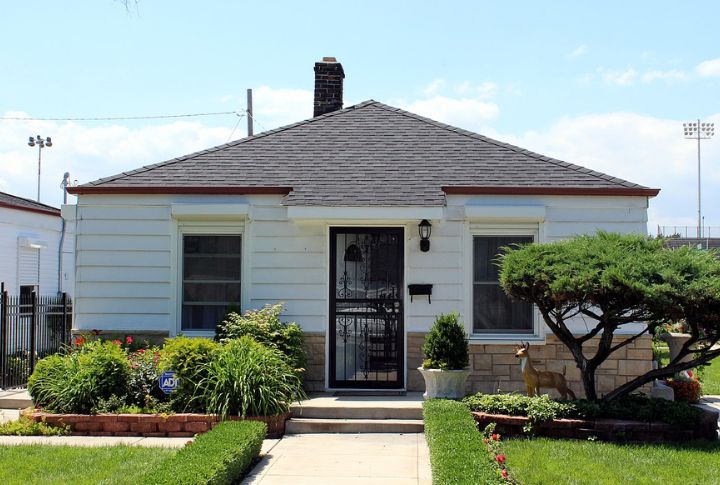
Revitalization hopes swept through Gary, Indiana, in the early 2000s, aiming to breathe life into its declining downtown. New businesses and restored buildings followed. Yet economic instability, rising crime, and a shrinking population reversed momentum. Now, abandoned structures quietly mark the city’s unrealized dreams despite its location near bustling Chicago.
North Adams, Massachusetts
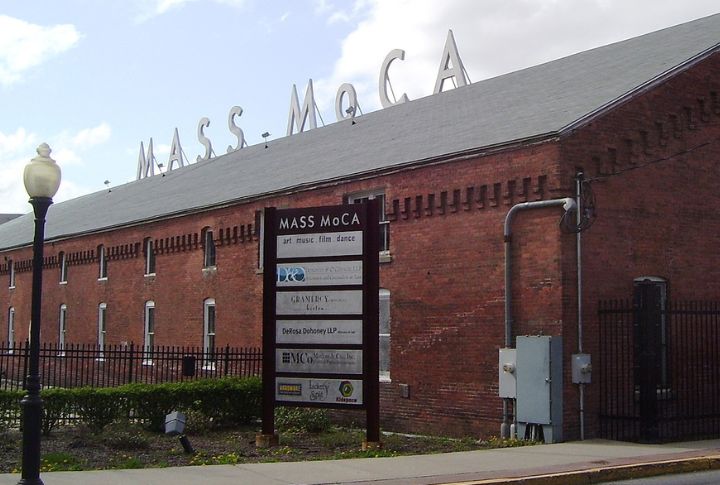
The opening of MASS MoCA in 1999 turned North Adams into a cultural destination. New restaurants and galleries followed, along with renewed optimism. Yet more than two decades later, the city still reports a poverty rate above 16%, and some creative ventures have closed, leaving parts of downtown visibly quieter.
Pilsen, Chicago, Illinois
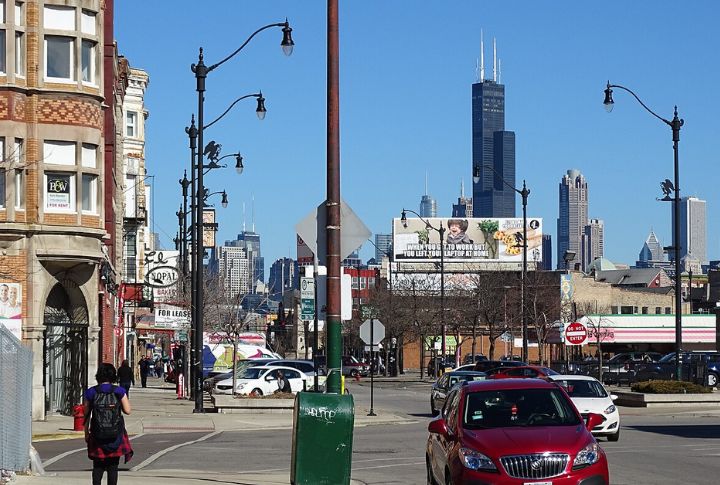
Fewer longtime residents live in Pilsen now. Between 1990 and 2020, the Latino population dropped by over 16,000. Gentrification picked up in the early 2000s as developers and artists moved in. Property values and rents climbed, pushing families out. Once a cultural stronghold, the neighborhood is losing its roots.
Mount Shasta, California
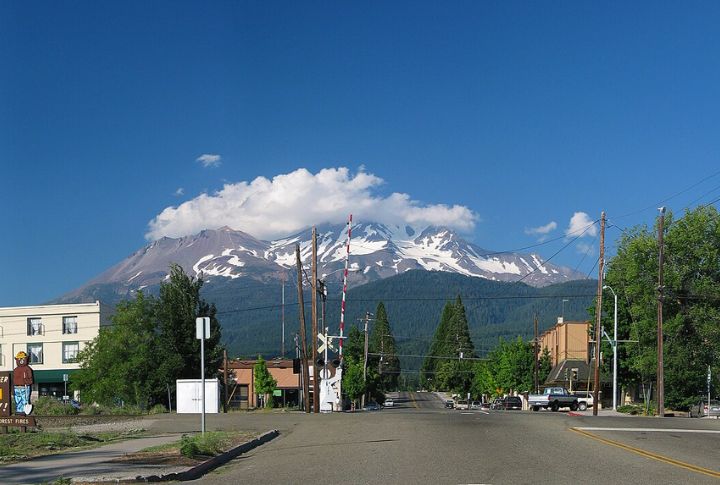
Wellness tourism lifted Mount Shasta’s economy for a while. Retreat centers and Airbnbs surged, with housing prices rising 40% from 2015 to 2021. But wildfires, rising insurance rates, and zoning pushback made growth unsustainable. It has led to a cooling market, with some properties taking longer to sell.
Cairo, Illinois
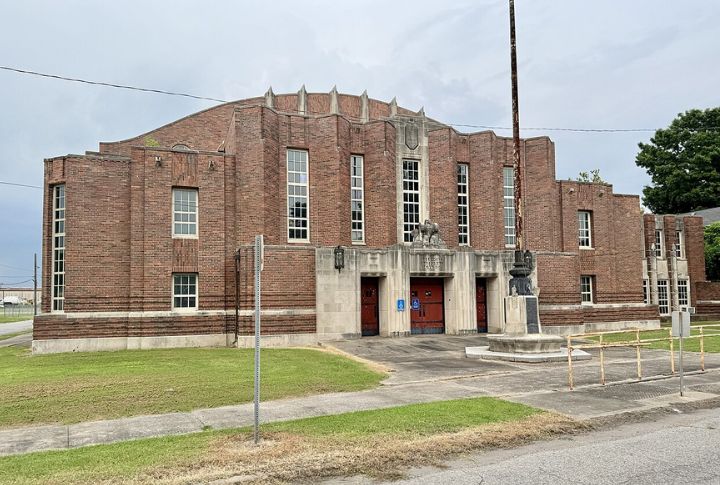
Cairo, Illinois, once a bustling river town, faced big hopes for a downtown comeback in the late 1900s. Developers aimed to restore its charm, but deep economic troubles, racial tensions, and a shrinking population derailed the effort. Now, many historic buildings stand empty, echoing the town’s faded past.
Bisbee, Arizona
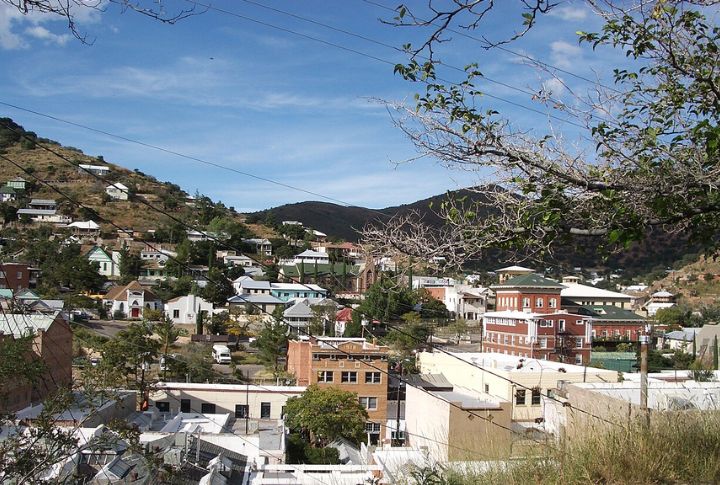
Old mining buildings were given new life when artists moved in during the 1980s. However, the town’s population declined from 6,183 in 2000 to 5,027 by 2020. Flood risks, aging infrastructure, and limited jobs slowed momentum. Moreover, rising insurance premiums and a tight housing market pushed residents and newcomers out.
Rivertown, Detroit, Michigan
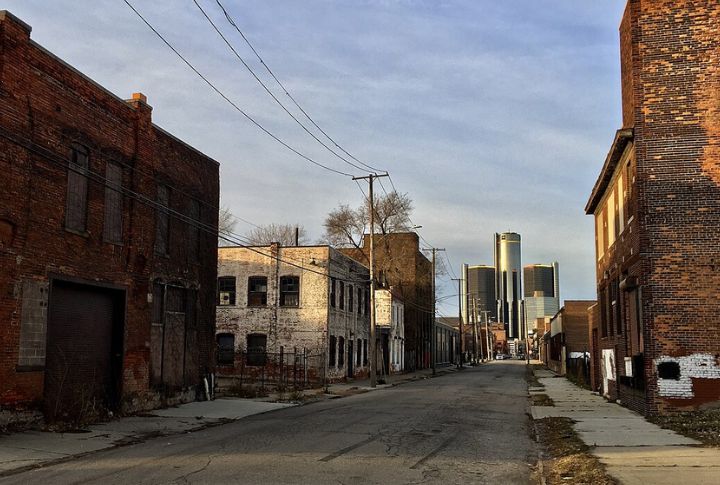
Once pitched as Detroit’s comeback corridor, Rivertown drew developers in the 2010s with riverfront lofts. But economic instability lingered. Detroit’s population dropped from 713,777 in 2010 to 639,111 in 2020. Several Rivertown units struggling to fill today echo the citywide challenge to sustain redevelopment momentum.

